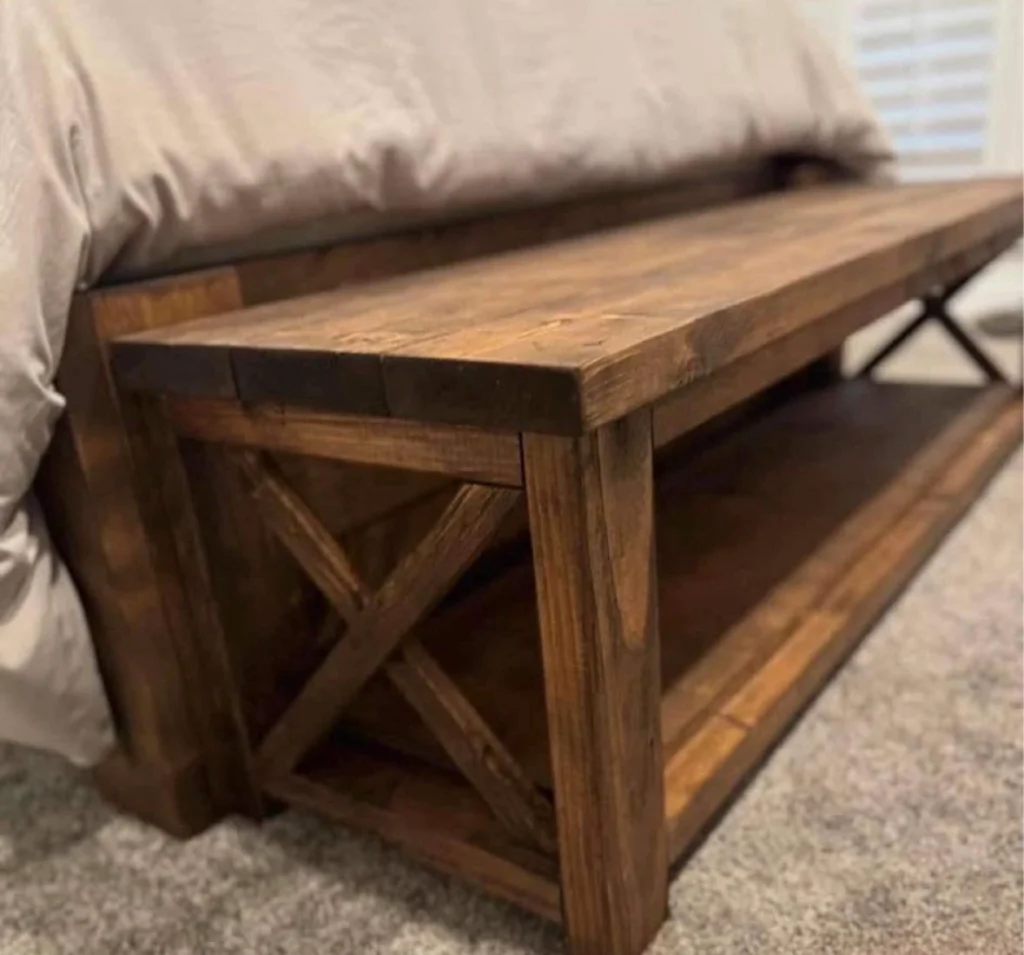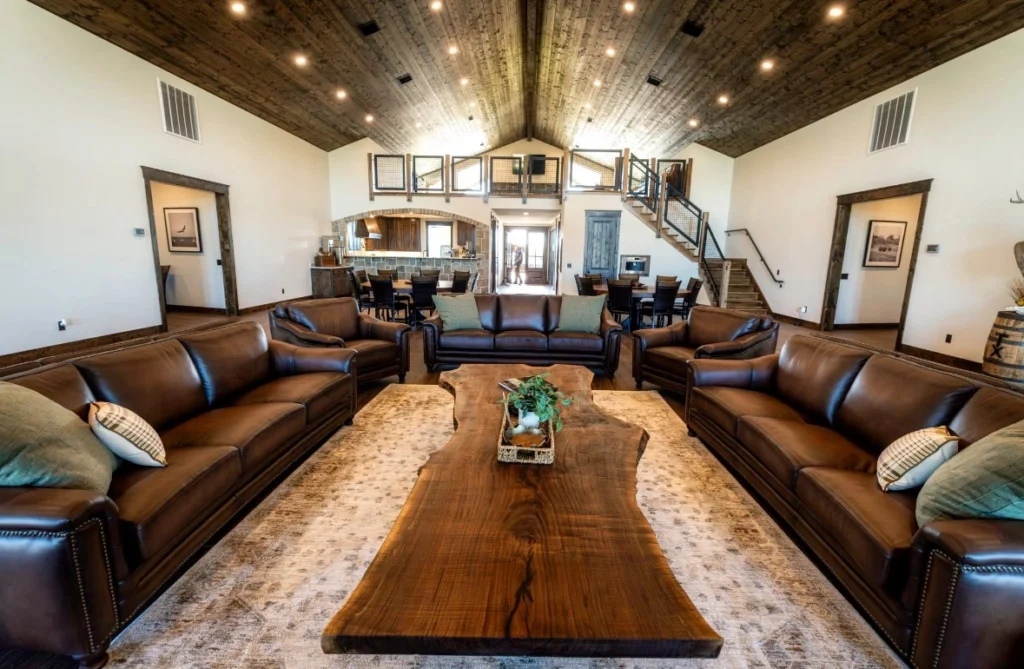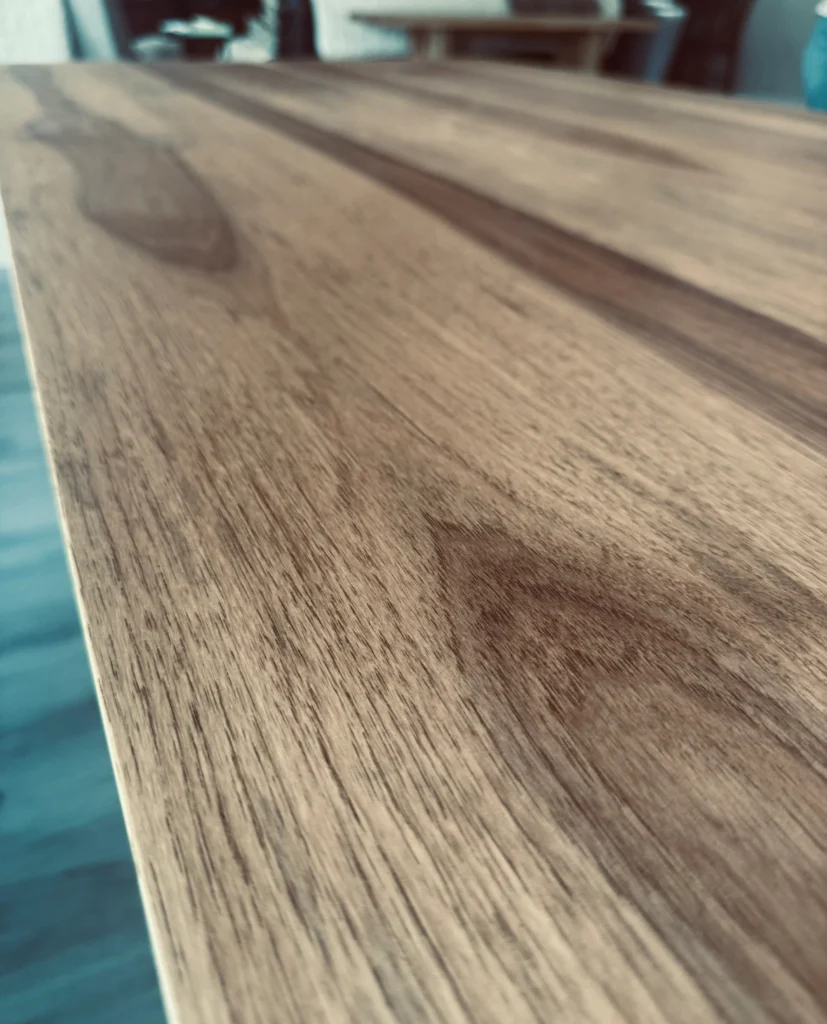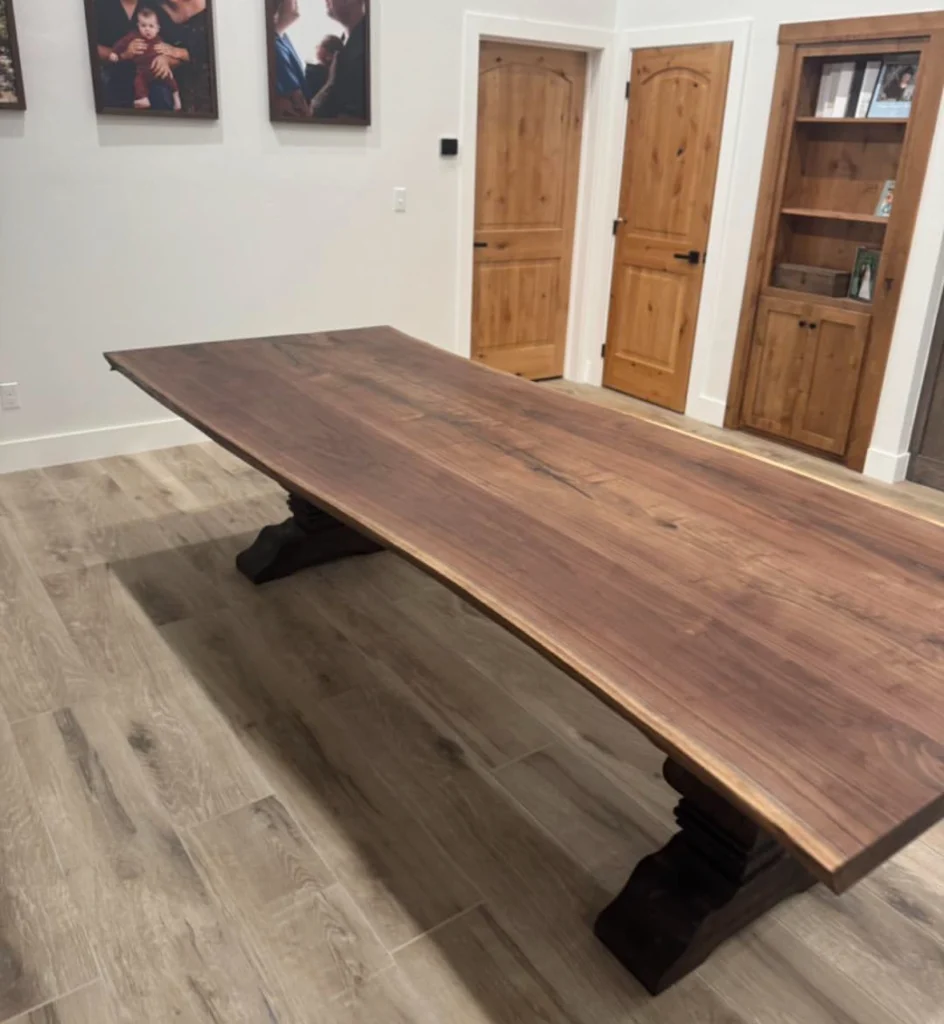Product care
Daily Care
Dust with a soft, dry cloth. For spills, wipe promptly with a slightly damp cloth and dry immediately.
Cleaning
Avoid harsh chemicals and silicone polishes. If needed, use a mild, pH-neutral cleaner lightly on a damp cloth, then dry.
Heat and humidity
Keep away from persistent heat sources and extreme humidity swings. Use coasters/trivets; felt pads prevent scratches.
Refresh and Repair
Surface looking tired after years of use? We offer tune-ups and refinish services on our pieces. Send photos for a quote.
Care Guide
Get the most from your investment and make it last a life time.
Daily Dusting and Gentle Care
Use a soft, dry cloth (microfiber or cotton) to dust regularly and maintain the wood’s natural luster. For quick clean-ups, wipe gently with a barely damp cloth—never soak the wood.
1. Keep it Clean and Gentle.
Use a soft, lint-free cloth to dust regularly. For deeper cleaning, lightly dampen with water and dry immediately. Avoid harsh chemicals or silicone polishes.
2. Protect from Heat & Moisture.
Use coasters, trivets, and placemats to guard against spills, heat, and condensation. Never place hot pans, wet glasses, or plants directly on wood surfaces.
3. Mind the Environment.
Wood breathes with your home. Keep furniture out of direct sunlight and away from heating or cooling vents. If your climate is especially dry, consider a humidifier to reduce cracking or movement.
Handling Spills & Moisture
Accidents happen. Wipe up spills promptly to avoid stains or warping. For sticky or stubborn marks, use a lightly dampened cloth with warm water and dry immediately. Pro tip: place coasters under moisture-prone items to prevent direct contact.
1. Keep it Clean and Gentle.
Use a soft, lint-free cloth to dust regularly. For deeper cleaning, lightly dampen with water and dry immediately. Avoid harsh chemicals or silicone polishes.
2. Protect from Heat & Moisture.
Use coasters, trivets, and placemats to guard against spills, heat, and condensation. Never place hot pans, wet glasses, or plants directly on wood surfaces.
3. Mind the Environment.
Wood breathes with your home. Keep furniture out of direct sunlight and away from heating or cooling vents. If your climate is especially dry, consider a humidifier to reduce cracking or movement.
Conditioning and Nourishing Wood
Treat your furniture every 6–12 months with a high-quality, oil-based finish. Small walnut halves rubbed over light scratches can help blend and refresh the surface—nature’s own repair kit.
1. Keep it Clean and Gentle.
Use a soft, lint-free cloth to dust regularly. For deeper cleaning, lightly dampen with water and dry immediately. Avoid harsh chemicals or silicone polishes.
2. Protect from Heat & Moisture.
Use coasters, trivets, and placemats to guard against spills, heat, and condensation. Never place hot pans, wet glasses, or plants directly on wood surfaces.
3. Mind the Environment.
Wood breathes with your home. Keep furniture out of direct sunlight and away from heating or cooling vents. If your climate is especially dry, consider a humidifier to reduce cracking or movement.
Treating Scratches and Surface Wear
Minor scratches can be polished out with fine steel wool (0000) followed by a light coat of wood oil or paste wax. For deeper dings, let us know—our refinishing service can revive the finish and restore the surface.
1. Keep it Clean and Gentle.
Use a soft, lint-free cloth to dust regularly. For deeper cleaning, lightly dampen with water and dry immediately. Avoid harsh chemicals or silicone polishes.
2. Protect from Heat & Moisture.
Use coasters, trivets, and placemats to guard against spills, heat, and condensation. Never place hot pans, wet glasses, or plants directly on wood surfaces.
3. Mind the Environment.
Wood breathes with your home. Keep furniture out of direct sunlight and away from heating or cooling vents. If your climate is especially dry, consider a humidifier to reduce cracking or movement.
Storage and Environmental Care
Avoid placing pieces near heat sources, direct sunlight, or humid spots. In dry months, use a humidifier to reduce cracking; when storing long-term, cover with breathable fabric—not plastic—to protect the finish while letting it breathe.
1. Keep it Clean and Gentle.
Use a soft, lint-free cloth to dust regularly. For deeper cleaning, lightly dampen with water and dry immediately. Avoid harsh chemicals or silicone polishes.
2. Protect from Heat & Moisture.
Use coasters, trivets, and placemats to guard against spills, heat, and condensation. Never place hot pans, wet glasses, or plants directly on wood surfaces.
3. Mind the Environment.
Wood breathes with your home. Keep furniture out of direct sunlight and away from heating or cooling vents. If your climate is especially dry, consider a humidifier to reduce cracking or movement.
Related Posts
Get Workshop Updates
Occasional, meaningful, and never spammy.






